
A Crash Course on Brahmi: India’s oldest Script
A Crash Course on Brahmi:
India’s oldest Script
Facts about the Brahmi Script I learnt on a sunny Saturday Afternoon
What’s more fun than getting the opportunity to hold a bunch of 2000 year old coins in your hand? That’s how I spent one scorching October afternoon. The 38° celsius weather did nothing to stop me from attending a crash course about the Brahmi script.
What is the Brahmi Script?
Before attending the session I had little knowledge about the importance of Brahmi and its significance in our history.
As I learnt later during the 3 hours of the course and a bit of research on the internet, Brahmi goes way back in time, about thousands of years ago.
The first evidence of Brahmi can be found in the Mauryan scripts. The Mauryan Empire ruled most of the subcontinent that ruled around 322 – 185 B.C.E. However the type of Brahmi the Mauryans used was a bit different.
Evidence, historians and archeologists believe Brahmi predates these scriptures and goes all the way back to the famous Vedas, one of the oldest books in the world.
If you are wondering, what about the mother of all languages Sanskrit?
Sanskrit is a language and does not have a script of its own. If you were to study Sanskrit today as most of my friends in school did, you’d use the Devanagari script.
In fact the first Sanskrit scriptures have been written using Brahmi.
The other mind blowing fact about Brahmi is its longevity. In reality Brahmi never died out but like our teacher put it, ‘dissolved in milk like sugar.’ Sweet and so true.
The various different writing patterns for Tamil, Telugu, Hindi, Marathi and some South East Asian scripts have all been derived from Brahmi. You can call them the branches of Brahmi.
Now do you understand how deep rooted Brahmi is?
Going back thousands of years to the Mauryan period, Brahmi had begun evolving even then. There were a few changes between the other older scripts and the Ashokan script (Mauryan King).
Who discovered Brahmi?
If Brahmi had kept on evolving over time, and looking very different as the time passed, how was Brahmi deciphered?
Our teacher told us about the plethora of experts who were employed by the Delhi Sultanate rulers and even the British East India Company hundreds of years later.
Finally it was a Norwegian called Christian Lassen who partly deciphered the script. In 1837, an official of the British East India Company, who had colonised the whole of India, got interested in the job. Like his predecessor, James Prinsep, used a special set of coins to decipher the Brahmi script.
There are a couple of ways a script is deciphered:
- A document or scripture with one known and the other unknown language is used
- A language closed to the unknown one is used and includes a lot of guess work
- The language has been passed down generations and is then understood and documented.
- And of course some of us geniuses just Google it:)
But in the 19th century, Mr. Prinsep and his friends had no idea what Google was and nobody knew how to read Brahmi.
However they did have money, not just any money but special coins made by Greeks.
When the Greeks had tried to invade India, Alexander the Great (Sikander, as India calls him) might have failed to pass the Indus river, but they did definitely fall in love with it. They loved the culture, the traditions so much so that they adopted a few things from India including the script.
The Greeks had issued coins with Greek as well as Brahmi written on them. The Greek language was known, so it became comparatively easy to decipher Brahmi.
I would never have been able to do that!
This all seems to be a cake walk. Read a few coins, decipher a new language and get all the glory. But when you really sit down to do it yourself, you’ll understand the neck breaking tedious work Christian Lassen and James Prinsep had put in.
The coins we were given to read, yes the 2000 year old ones, made me so excited to hold that I spent rest of my day in a daze. Just like when you meet your favourite celebrity.
But I managed to inspect the coins and despite holding the sheets of paper we’d been given of the Brahmi alphabets, I could read nothing.
You must know, Brahmi is almost like the Devanagari script meaning it has the same basics of word formation. I am not terrible at Devanagari, if I say so myself.
The first obstacle was that the coins were tiny, as small as a green pea.
The second we came to learn, was these coins were made by Greeks. There were bound to be spelling errors. (We are not the only ones and they didn’t have autocorrect).
The next problem and the one you’d think to be so stupid but true, the artists who made these coins were illiterate!
The coin makers would simply copy the design they’d see onto the coins. In doing so, some of the written letters would spill out of the coin and get lost forever.
Even if the artist had written the name in full, coins minted at the time were minted on their intrinsic value.
This means that the value of the coin (gold, silver, bronze, or an alloy) would be the same as its exchange value. If the metal value of the coin was more than exchange value, the excess would be cut off including the design.
Learning Is Fun
So we sat there, using magnifying glasses like Sherlock Holmes, trying our best to read what was written. It was quite an adventure.
As we tried deciphering one coin after the other, we sort of started getting better at it.
At the end of the session, our teacher gave us a surprise test. The price: a free coin!! Imagine my excitement to get all the questions right! But my exhilaration got in the way and I hardly scored any marks:( The coin was lost, but I had had a lot of fun.
Today I also had some fun with my Instagram friends when I asked them to send me their names along with the pronunciation. It was superb fun showing them how their name looks like in Brahmi.
Do you want to see how your name looks like in Brahmi? Comment your name below along with the pronunciation and I’ll let you know!
Quick Ah-Ha Points:
1. I was surprised to find out that most coins didn’t have a mint mark. At least none that we know of. They did however have distinctive marks.
2. A sign showing three hills and a crescent were Punchmark coins and ones with four circles balanced on a cross represented the Satavahanas. This was a sign of legitimacy
3. Most Brahmi scriptures don’t have spaces between two words. If you know what the word is, why waste pages by leaving a space?
4. The names of Kings on coins would state the name of the father or in the case of Satavahanas the mother’s name. This was also a sign of legitimacy
Did you enjoy reading ‘A Crash Course on Brahmi: India’s oldest Script’? Share it with your friends too!
NOTE: The Bibliography for this post is missing. Please help us credit the sources that deserve it. If you believe your work, or a work you know of needs to be cited here, please write to editor@giglee.in to inform us. DISCLAIMER: The intention of this article is not to hurt anyone's sentiments. The thoughts expressed in the article are purely those stated by the author of the work. The information provided on this website may not be complete, reliable, accurate and/or updated. The details you share with the website will not be shared or sold. We are not liable if in case of theft, your data is stolen. The content on this website is provided without any warranties whether express or implied. If you have a doubt, query or complaint please write to editor@giglee.in and we shall respond as soon as possible.




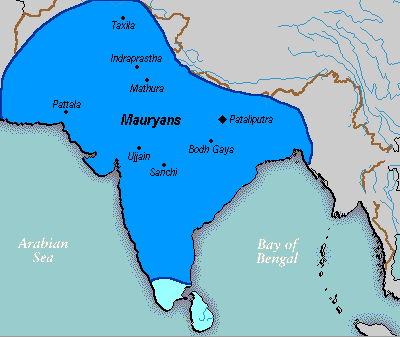
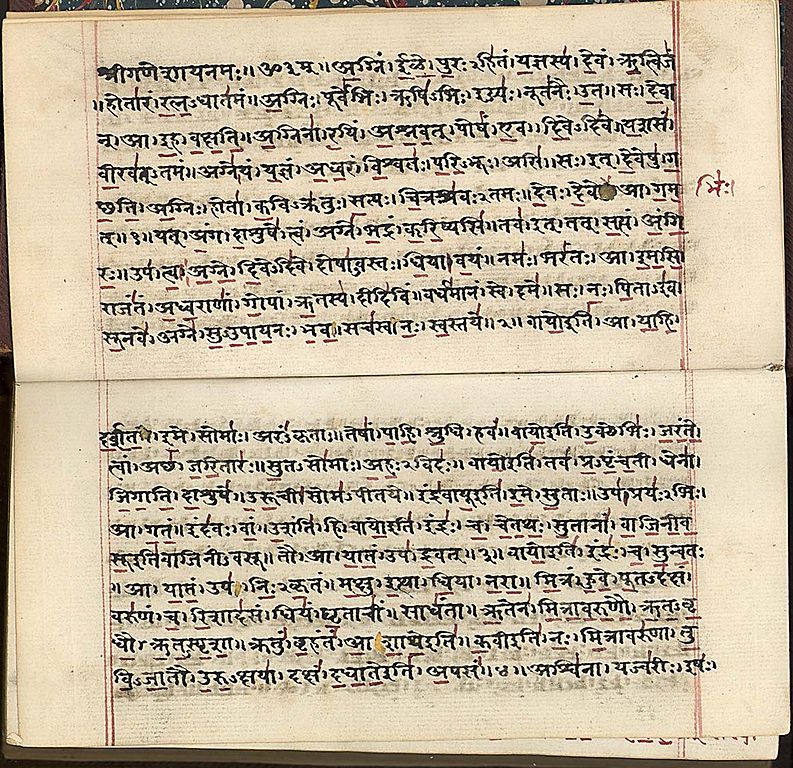
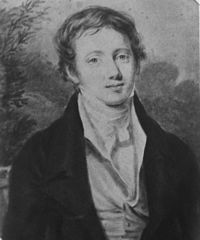
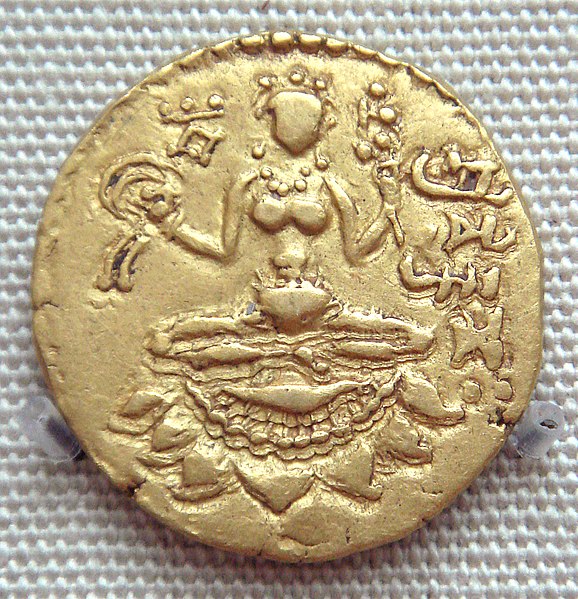
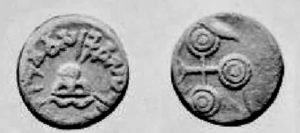


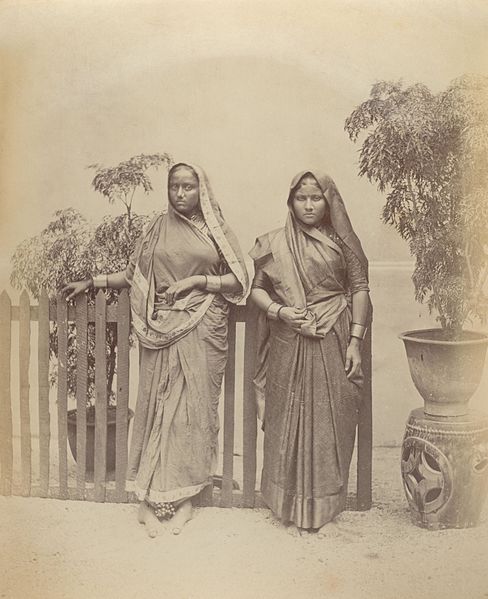
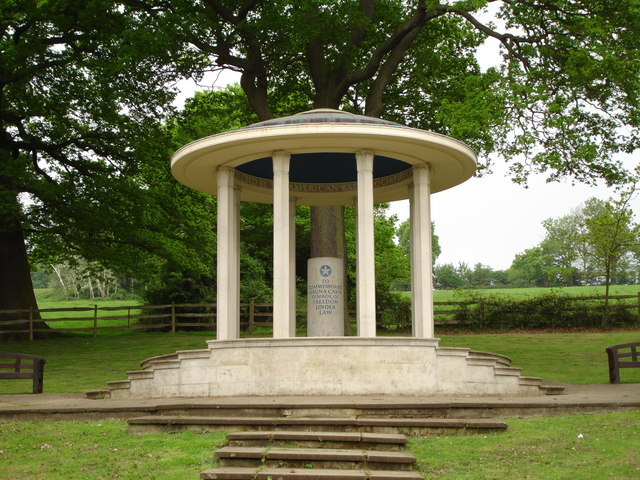
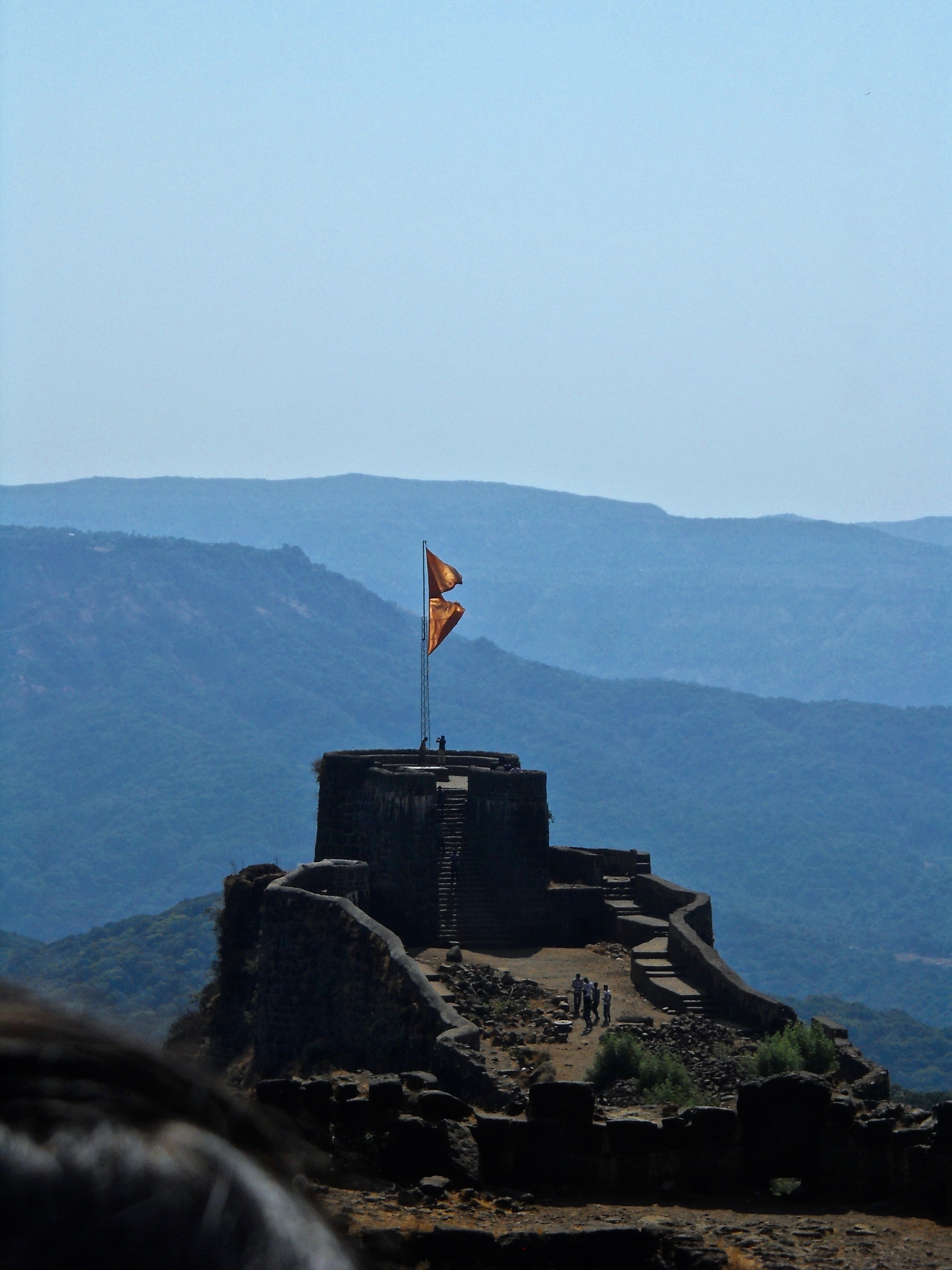

Comments
Very Informative
This is so interesting!
Thank You So Much Sonu! It was nice to hear from you:)
I have learnt Brahmi through google. My name is Sindhu Bhargavi. I have written my name in Brahmi. I want to know whether it is correct or not.
I have written it MS paint. How do I verify it? Please help.
Oh wow, Sindhu. That’s incredible. During this crash course, we were given an alphabet book, maybe I can cross check your name there. If you could send a picture of your name, that you’ve written, I could verify it for you.